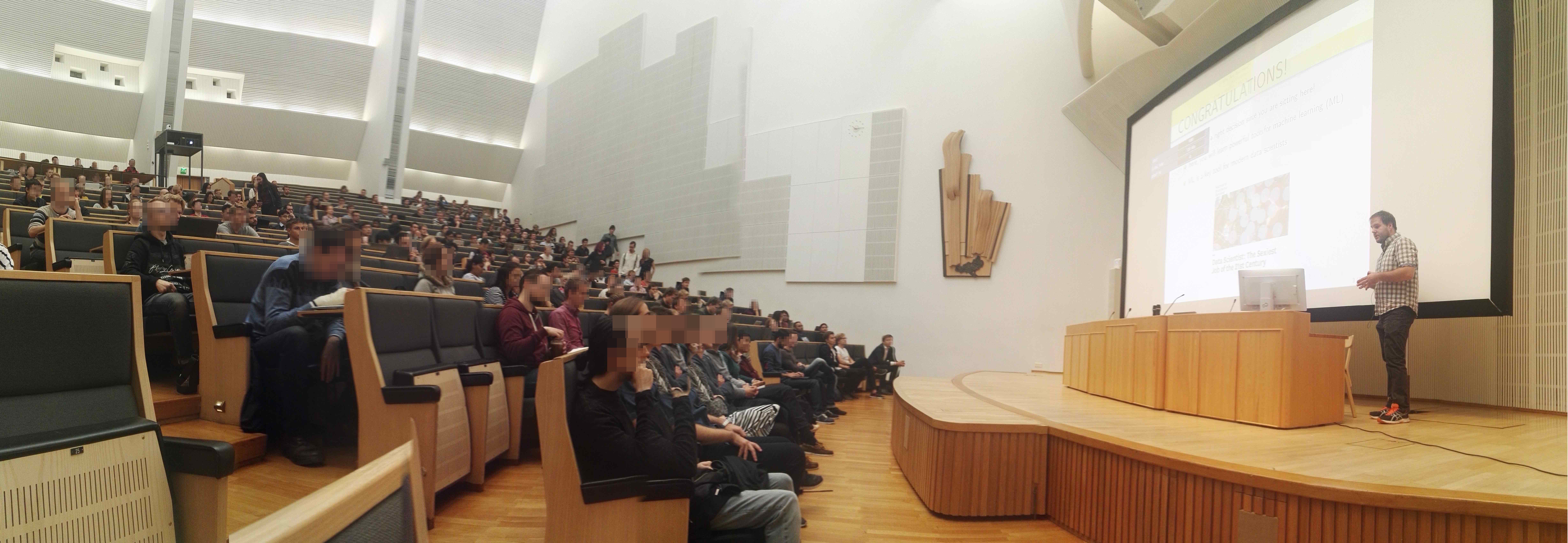Education is More Than a Business

In recent years, there’s been a troubling trend in higher education: the gradual transformation of taxpayer-funded universities into profit-driven entities. Under the guise of global competitiveness, many institutions are becoming little more than research factories, churning out papers and funding applications to sustain bloated systems while neglecting their core missions—education and the public good.
The Commodification of Knowledge
Taxpayer-funded universities are pillars of society. They are meant to be sanctuaries of learning, innovation, and critical thinking. But as financial pressures mount and market-oriented policies take hold, the focus has shifted alarmingly.
Academic success is increasingly measured by metrics—the number of publications, grant money secured, or the size of international collaborations (Hicks et al., 2015). These metrics prioritize quantity over quality, reducing groundbreaking research to a box-ticking exercise. Worse, they incentivize universities to exploit their researchers, burden faculty with administrative tasks, and disregard the well-being of students.
Who Benefits? Not the Taxpayer.
During my academic career, I have observed a growing trend (or fashion) at universities to funnel resources into large, well-funded research groups. These groups act like private companies within the university ecosystem, hoarding resources and focusing on high-revenue projects. While such groups rake in grants, smaller departments and programs suffer budget cuts, and students face higher tuition fees with diminishing returns in terms of education quality (Slaughter & Rhoades, 2004).
Taxpayers fund these institutions expecting them to educate future generations and contribute to society—not to turn into profit centers that primarily serve private interests.
The Human Cost of Overproduction
This obsession with profitability also has devastating consequences for academia’s human core:
-
Faculty Burnout: Professors are stretched thin and expected to churn out high-quality publications and secure external funding (Shanafelt et al., 2015). This leaves little time for mentorship, directly impacting the next generation of scholars.
-
Precarious Positions: Early-career researchers typically face insecure, short-term contracts, jumping from project to project without stable employment (Chisholm, 2023).
-
Student Neglect: Overcrowded classrooms, reduced course offerings, and a lack of individual attention are the norm as resources are funneled into research output rather than teaching quality (Ingleby, 2021).
A Call for Change
It’s time to reclaim universities as public institutions dedicated to serving society. Here are three steps we must take:
- Prioritize Education: Public funding must be used to ensure high-quality education instead of funnelling tax-payer money into expanding research portfolios.
- Value Impact Over Metrics: Shift the focus away from publication counts and grant amounts. Reward meaningful research that directly benefits society, rather than research done for the sake of securing the next funding cycle (Moher et al., 2018).
- Protect Academic Freedom: Universities must provide faculty with the freedom to pursue research and teaching without the relentless pressure to commercialize or industrialize their work (Altbach et al., 2020).
A University for the People
Taxpayer-funded universities are a collective investment in the future. They should serve the public, not function as cash cows for a select few. Education and research are not commodities—they are the bedrock of a thriving, equitable society. Let’s demand better. Let’s ensure that universities remain places of inspiration, innovation, and integrity—not profit.
References:
- Hicks, D., Wouters, P., Waltman, L., de Rijcke, S., & Rafols, I. (2015). Bibliometrics: The Leiden Manifesto for research metrics. Nature, 520(7548), 429-431.
- Slaughter, S., & Rhoades, G. (2004). Academic Capitalism and the New Economy: Markets, State, and Higher Education. Johns Hopkins University Press.
- Shanafelt, T. D., Hasan, O., Dyrbye, L. N., et al. (2015). Changes in burnout and satisfaction with work-life balance in physicians and the general US working population between 2011 and 2014. Mayo Clinic Proceedings, 90(12), 1600-1613.
- Chisholm, K.I., Finelli, M.J. (2023). Enhancing research culture in academia: a spotlight on early career researchers. BMC Neurosci 24, 46. https://doi.org/10.1186/s12868-023-00816-1
- Ingleby, E. (2021). Neoliberalism and Higher Education. In: Neoliberalism Across Education. Palgrave Studies on Global Policy and Critical Futures in Education. Palgrave Pivot, Cham. https://doi.org/10.1007/978-3-030-73962-1_6
- Moher D, Naudet F, Cristea IA, Miedema F, Ioannidis JPA, Goodman SN (2018) Assessing scientists for hiring, promotion, and tenure. PLoS Biol 16(3): e2004089. https://doi.org/10.1371/journal.pbio.2004089
- Altbach, P. G., Reisberg, L., & de Wit, H. (2020). Responding to Massification: Differentiation in Postsecondary Education Worldwide. SensePublishers Rotterdam, 2017
Let me know your thoughts: Are you seeing this trend in your own university or organization? How can we push back against it?
